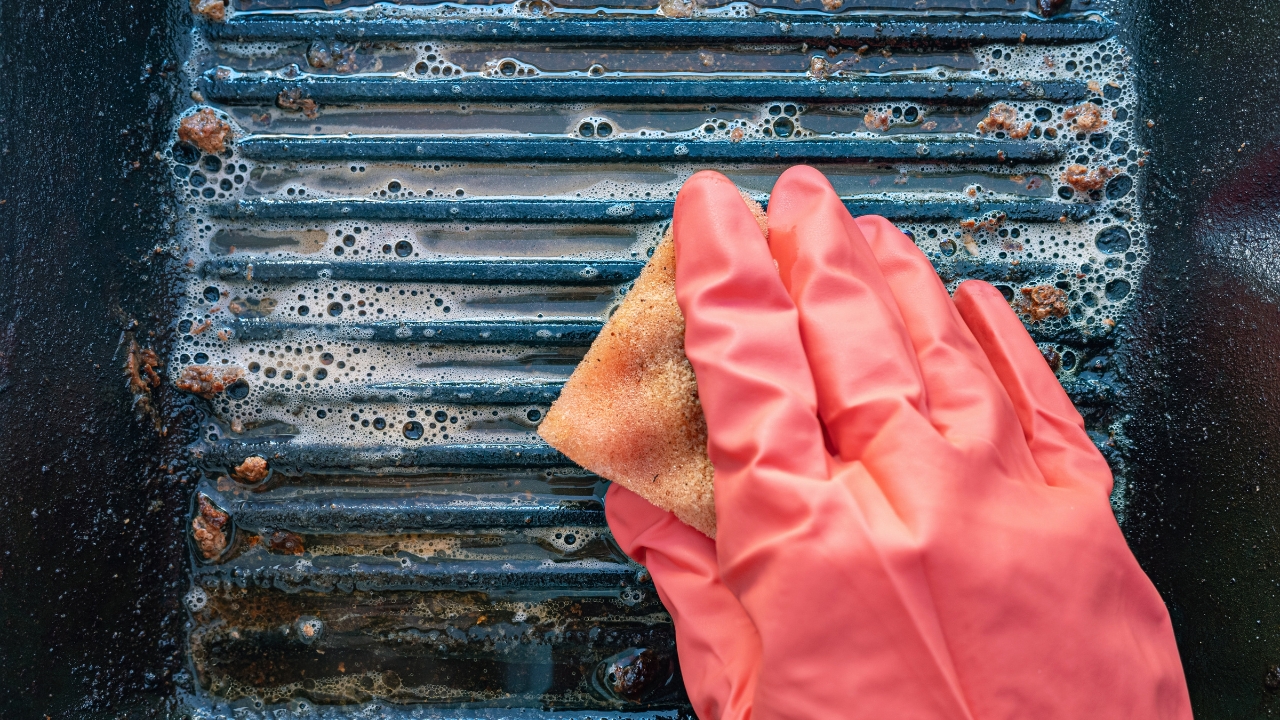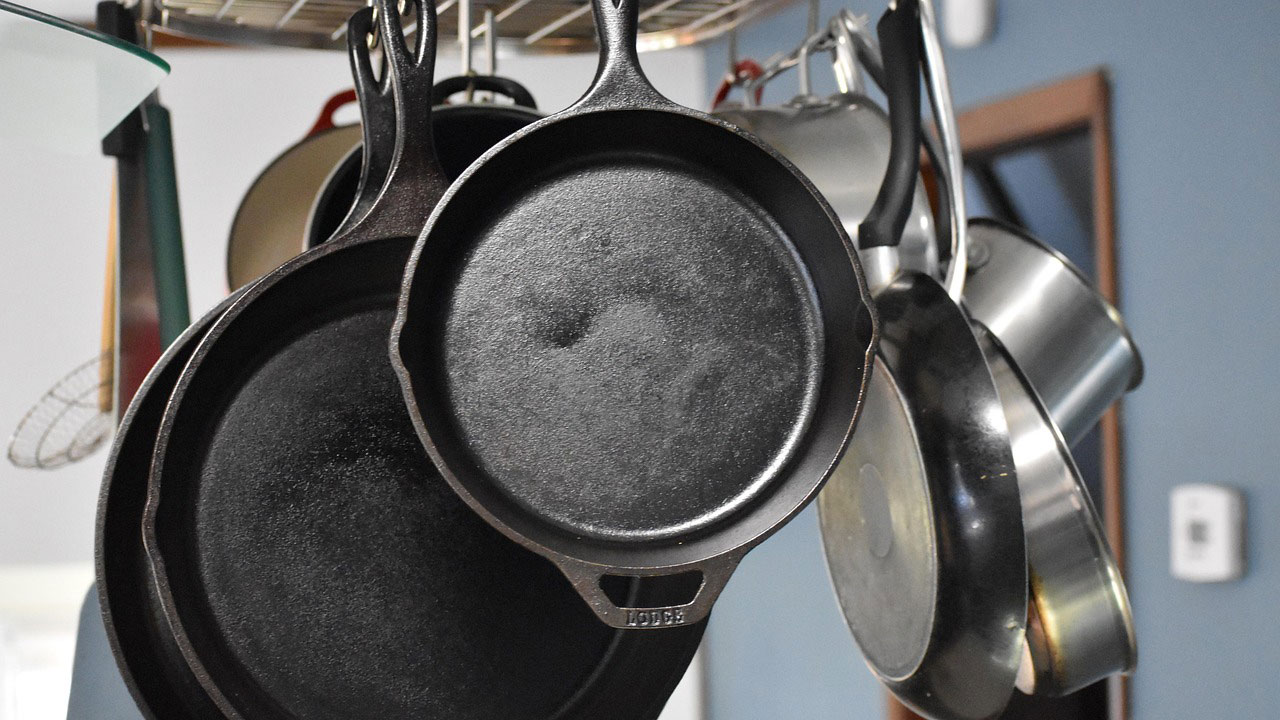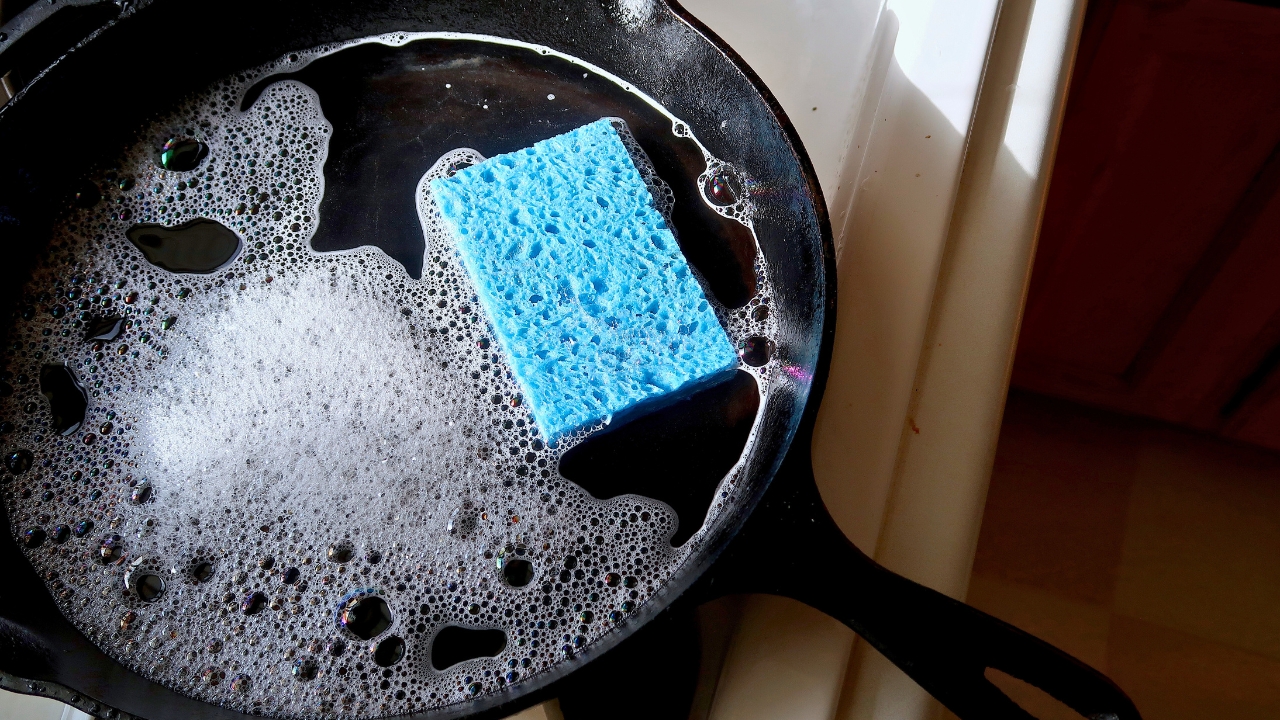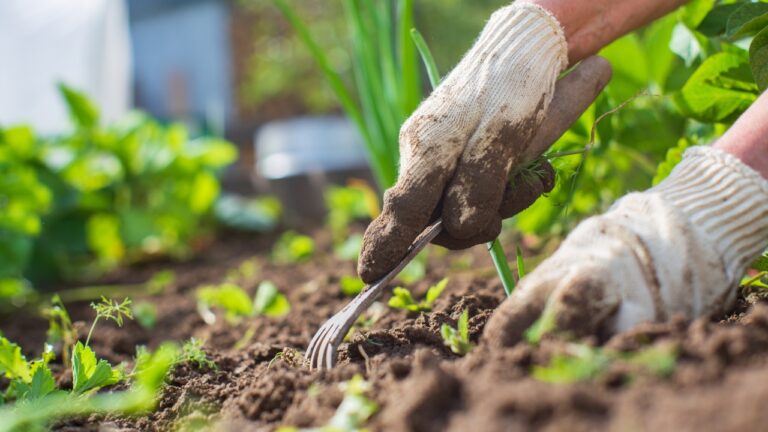9 Ways You’re Ruining Your Cast Iron Without Realizing
Cast iron is one of those things that should last forever—if you take care of it right. But most people don’t realize how easy it is to mess it up without even knowing. It doesn’t take much to strip the seasoning, warp the pan, or make food stick like crazy. And once you’ve damaged it, fixing it isn’t always quick.
If your cast iron never seems to perform like it should, one of these habits might be to blame.
Using It Straight Out of the Box

New cast iron usually comes with a factory seasoning layer, but that’s not always enough. If you go straight into cooking without adding a few more layers, food is more likely to stick and cause damage.
Always wash, dry, and season new cast iron before your first use. Even if it says “pre-seasoned,” that initial coat is more of a head start than a full setup. You’ll get better results and a longer lifespan if you take the time to build it up first.
Scraping With Metal Utensils

Some folks say metal utensils are fine on cast iron—and technically, they won’t ruin the pan itself. But they can chip away at your seasoning, especially if you’re heavy-handed or using a pan with uneven buildup.
If you’re still working on your nonstick layer, stick to wood or silicone until the seasoning’s tougher. Scraping it off means you’re doing more re-seasoning work later, and that’s easy to avoid with better tools.
Storing Food in It

Once dinner’s over, get your food out of the pan. Letting it sit—especially overnight—invites moisture, acid, and bacteria to mess with your seasoning. It also makes the pan smell funky after a while.
Cast iron is great for cooking and serving, but not for storing. Transfer leftovers to a proper container once the food cools down, then clean and oil the pan like usual. It’ll stay in better shape and won’t start tasting like last night’s dinner.
Letting It Soak in Water

Soaking cast iron in water—even for a few minutes—can start the rusting process. Unlike stainless steel, cast iron is porous and soaks up moisture. That lingering water seeps in and wrecks your seasoning fast.
Even if the pan looks fine when you pull it out, that light orange haze will creep up before you know it. If you need to loosen stuck-on food, scrub it with a brush while it’s still warm or simmer a little water in the pan for a few minutes—then dry it immediately.
Using Soap Too Aggressively

A little mild soap won’t hurt a well-seasoned pan, but scrubbing it with a harsh detergent or soaking it in suds strips that protective layer you’ve built over time. That’s what makes cast iron stick, rust, and lose its nonstick magic.
You don’t need to baby it, but you also don’t need to treat it like a greasy casserole dish. Stick to hot water, a stiff brush, and salt if things are extra stubborn. Save the dish soap for your other pans.
Storing It Wet

Even if you think your pan is dry, storing it without thoroughly drying—especially in a humid kitchen—leaves it vulnerable. Water hides in the handle holes, the rims, and any micro-cracks in the seasoning.
Once you’re done washing, towel it off and set it on the stove over low heat for a couple minutes. That ensures every bit of moisture is gone, which is key to keeping rust away long term.
Skipping the Oil After Cleaning

After every wash, your pan needs a quick layer of oil to stay in good shape. Without it, you’re leaving the surface exposed and unprotected. Even a clean pan can start rusting in a day or two if it’s left dry.
Wipe it down with a tiny bit of oil—flaxseed, vegetable, or canola all work—and rub it in until the surface looks dry again. This doesn’t season the pan, but it helps preserve what’s already there.
Cooking Acidic Foods Too Often

Tomatoes, vinegar, wine—anything acidic will slowly wear down your seasoning, especially if your pan isn’t well built up yet. You can still cook those foods, but don’t let them sit in the pan or simmer for hours.
A quick tomato sauce probably won’t hurt a pan with a solid layer of seasoning, but if you’re doing it often, you’ll start to notice sticky spots and food that clings more than it should.
Using High Heat Every Time

Cast iron holds heat well, but cranking the burner to high every time can damage your seasoning and cause food to burn or stick. A gradual heat-up is better—it gives the pan time to evenly distribute the heat.
Stick to medium or medium-high heat for most cooking. If you need it hotter (like for a sear), preheat slowly and don’t walk away. Too much heat too fast can lead to uneven spots or even a warped skillet.
*This article was developed with AI-powered tools and has been carefully reviewed by our editors.







